
Battery International Certification / CBTL and Global Certification Transfer
- On
- InUncategorized
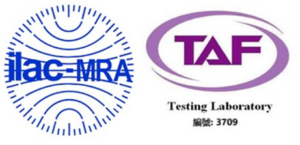
Battery International Certification / CBTL and Global Certification Transfer
Today, lithium batteries are widely used in products across various sectors, including electronics, telecommunications, and healthcare. They also play a critical role in emerging fields such as renewable energy storage, aerospace, electric bicycles, power tools, and military applications.
As a type of rechargeable battery, lithium batteries have become the mainstream choice due to their compact size, high energy density, large storage capacity, long lifespan, and low self-discharge rate. These advantages make them ideal for both consumer and industrial applications.
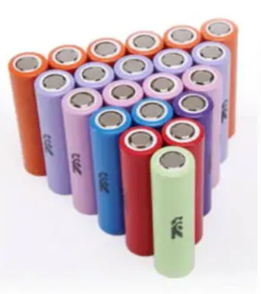
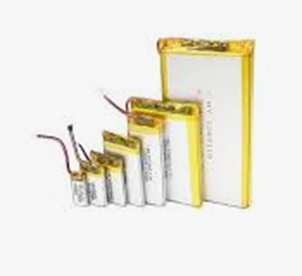

| On July 15, 2021, the IEC website announced the updated version of the IEC 62133-2:2017 standard, namely the 2021 edition.
The IEC 62133 standard includes battery test items such as: short circuit test, thermal shock test, crush test, overcharge test, forced discharge test, transportation simulation test, and AC internal resistance test for battery packs.
1、The new version of IEC 62133 standard separates lithium-based batteries and nickel-based batteries into two standards, nickel-based batteries correspond to IEC 62133-1:2017, lithium-based batteries correspond to IEC 62133-2:2017 2、Lithium button cells are included in the new IEC 62133-2:2017 standard. 3、Battery pre-treatment: a. Old version: Cells and batteries need to undergo charging pre-treatment under both high and low temperature conditions. b. New version: Only cells need to be charged according to the charging method declared by the manufacturer. 4、External short-circuit test: a. Old version: cell short-circuit test is conducted at 20±5°C, battery short-circuit test is conducted at 55±5°C b. New version: cell short-circuit test is conducted at 55±5°C, battery short-circuit test is conducted at 20±5°C 5、Thermal shock test a. Old version: small cells are kept in an oven at 130±2°C for 10 minutes, large cells are kept for 30 minutes b. New version: cells are kept in an oven at 130±2°C for 30 minutes |
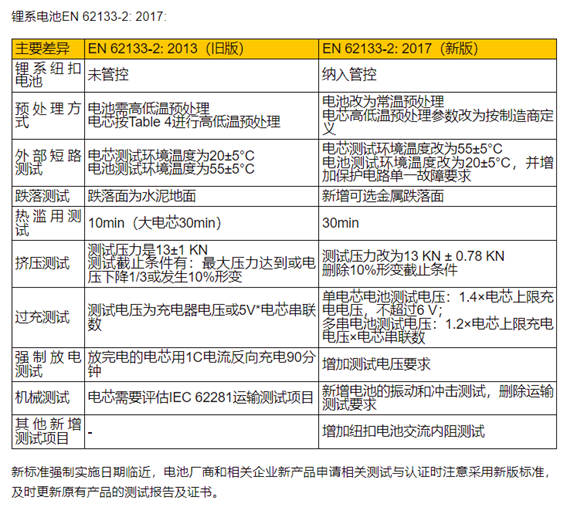 |
Other notes:
When using CB to transfer certification to CB-recognized countries, only supplementary testing for standard differences is required. Among them, for Japan, South Korea, France, and Switzerland, an additional internal short-circuit test is required.
Series application rules:
PACK cannot be applied as a series
CELL can be applied as a series, but each model must be tested and testing fees are required for all models
Different models within the same series can be included in one certificate
CB Market Overview
- The main difference between IEC 62133 and EN 62133 lies in the certification bodies.
- EN is the European Union standard, IEC is the international standard, and the test contents are the same.
- The International Electrotechnical Commission (IEC) was established in 1906 and has a history of 109 years as of 2015. It is the world’s earliest established international standardization organization in the field of electrical and electronic engineering, responsible for international standardization work in these areas.
- The purpose of the IEC is to promote international cooperation on standardization and related matters in the fields of electrical and electronic engineering, and to enhance mutual understanding among countries.
What is the CB Scheme?
The IECEE Certification Body (CB) Scheme, established by the International Electrotechnical Commission for Electrical Equipment (IECEE), is the first international system for mutual recognition of safety test reports and certificates for electrical products, including electrical and electronic equipment, devices, and components.
The CB Scheme is based on internationally recognized product safety standards and operates through a global network of CB Testing Laboratories (CBTLs). CBTLs are responsible for testing products to ensure compliance with relevant technical standards.
The test results are submitted to the National Certification Bodies (NCBs) of the CB Scheme member countries, which can authorize the products tested by CBTLs to be legally placed on their respective markets.
What are the benefits of the CB Certification Scheme?
Currently, there are over 50 member countries in the CB Scheme worldwide, including EU countries, the United States, China, India, South Korea, and Russia.
Manufacturers using the CB Scheme can access these member countries without the need for additional costly and repetitive testing.
In addition, National Certification Bodies (NCBs) usually give priority to CB Scheme applicants, as no further testing is required.

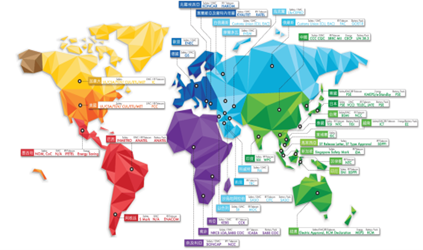
Chinway CBTL Certificate
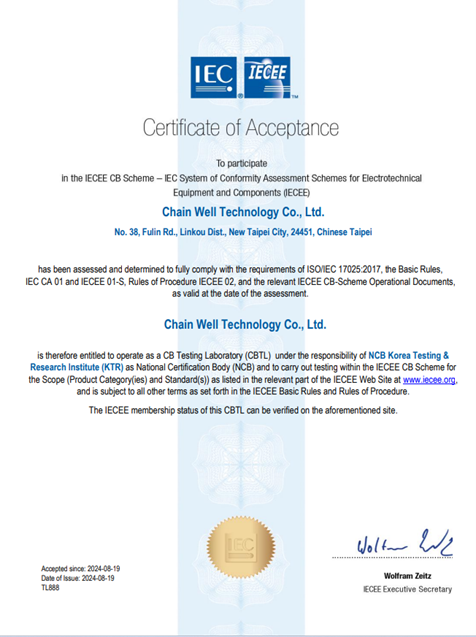

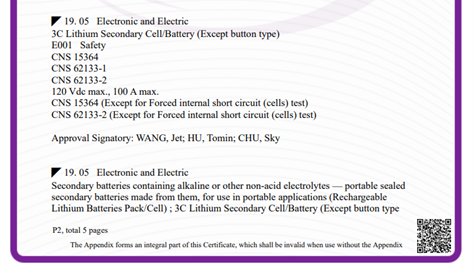
Newsletter Updates
Enter your email address below and subscribe to our newsletter